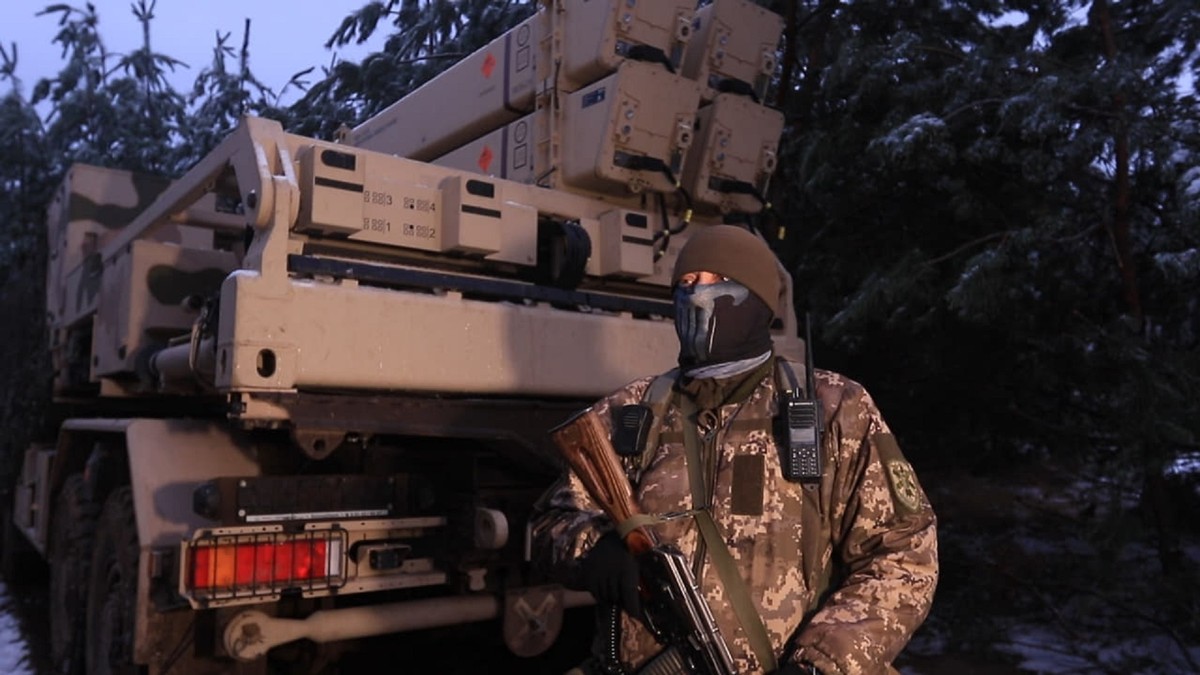And yet, with all of that intel, they're still bleeding troops at a 7:1 ratio with Ukraine.
As for destroying cities...
The key to this strategy is to eliminate defensive positions and potential defensive positions of the enemy. Aside from the humanitarian issues, the strategy works if, and only if, the attacking side has the plan and logistics to capture and hold beyond that point.
The Russians have shown their lines are heavily susceptible to counter offensives. By leveling cities, the Russians ensure they don't have a fall back point, causing them to give up more territory in the event of a retreat. During the Kherson offensive last fall, the Russians couldn't run away fast enough. Many were killed while retreating. Without the ability to set up defensive positions within the cities they capture, they will have to rely on trenches and dirt mounds, which fall quickly under Ukrainian attack.
TL;DR - By leveling cities, the Russians stretch the no-mans land which put them at a disadvantage in the event of retreat.
If I may...

When it comes to urban warfare, defending against attacks in rubble from destroyed buildings can be preferable to defending in standing structures for a number of reasons:
- Improved visibility and situational awareness: In a standing structure, defenders may have limited visibility due to walls, doors, and other structures blocking their line of sight. In contrast, defending in rubble can provide a wider field of view, allowing defenders to see approaching threats from a distance and react accordingly.
- Greater cover and concealment: Defenders in a rubble-filled area have the advantage of using the debris as cover and concealment, making it more difficult for attackers to locate and target them. In a standing structure, defenders may have limited options for cover, and the structure itself may provide little protection against heavy weapons.
- Increased mobility: The rubble and debris in a destroyed building can provide natural obstacles for attackers, limiting their ability to maneuver and making it easier for defenders to move around the area. This increased mobility can be especially important when defending against multiple attackers or when trying to coordinate with other units.
- Reduced risk of collapse: In a standing structure, defenders run the risk of the building collapsing if it is heavily damaged or if explosives are used. In contrast, rubble from a destroyed building is already on the ground and poses less risk of collapse, providing a more stable environment for defenders.
- Strategic advantages: Defending in rubble can also provide strategic advantages, such as the ability to set up ambushes or to use the terrain to funnel attackers into specific areas, making it easier to pick them off or to coordinate counterattacks.

